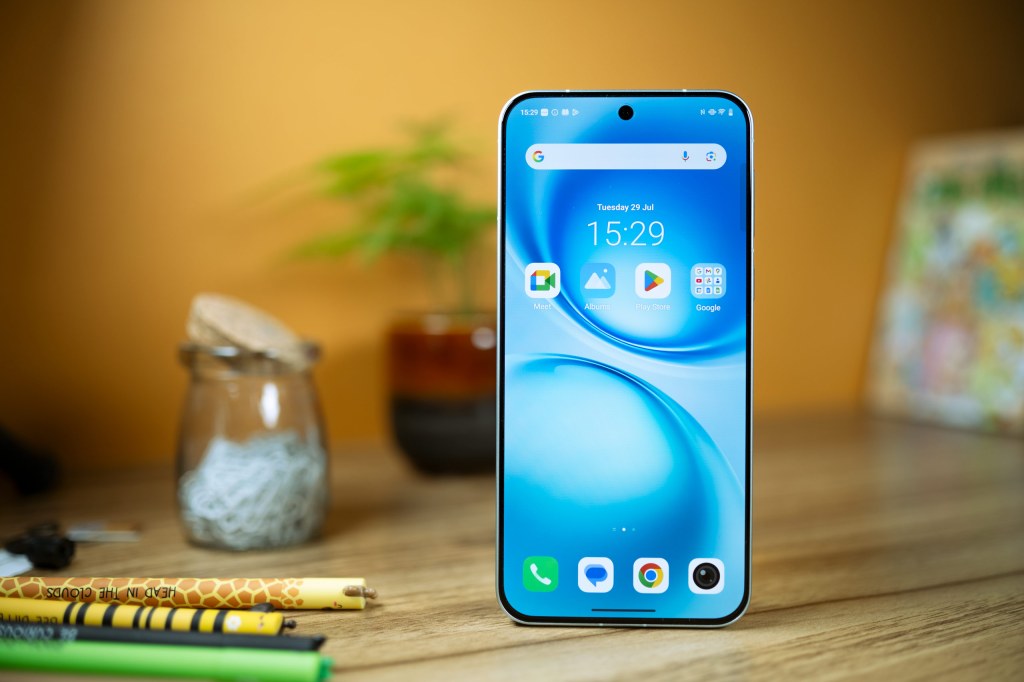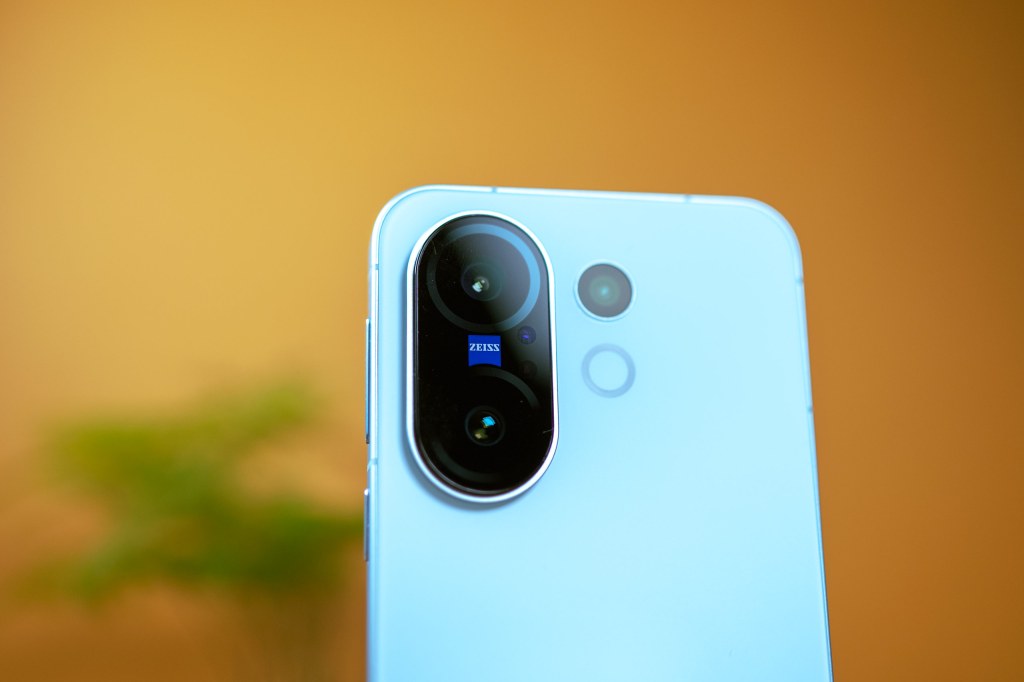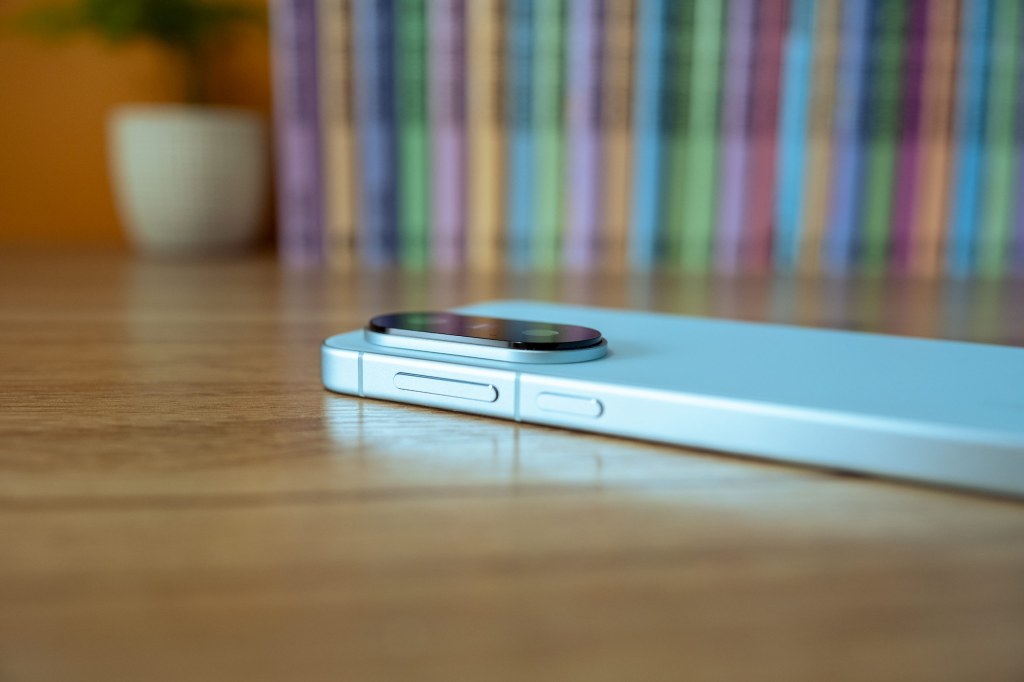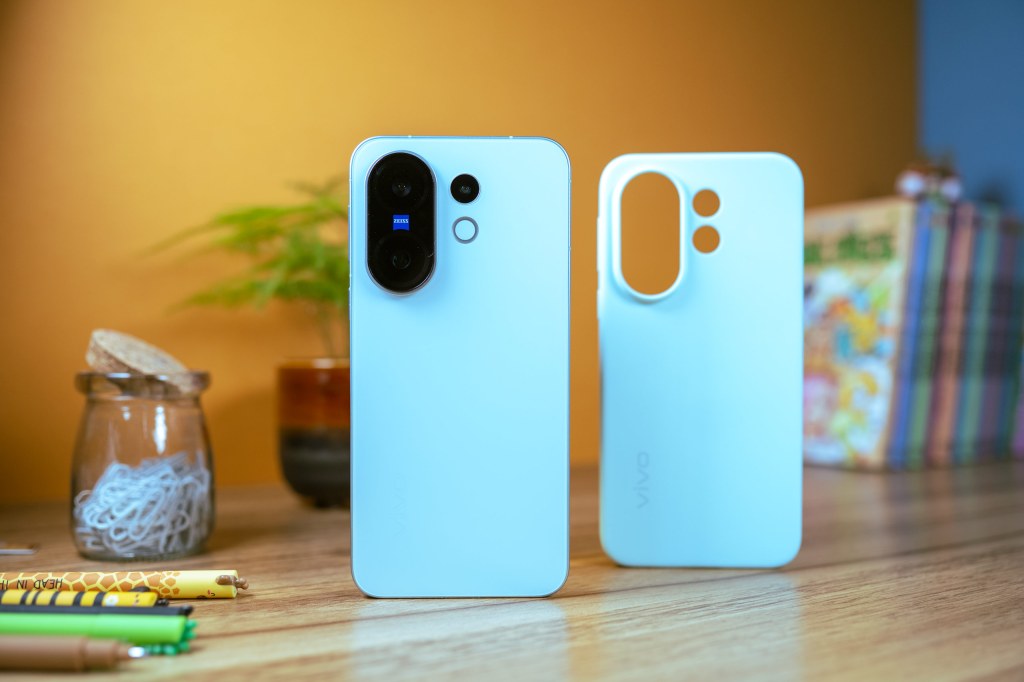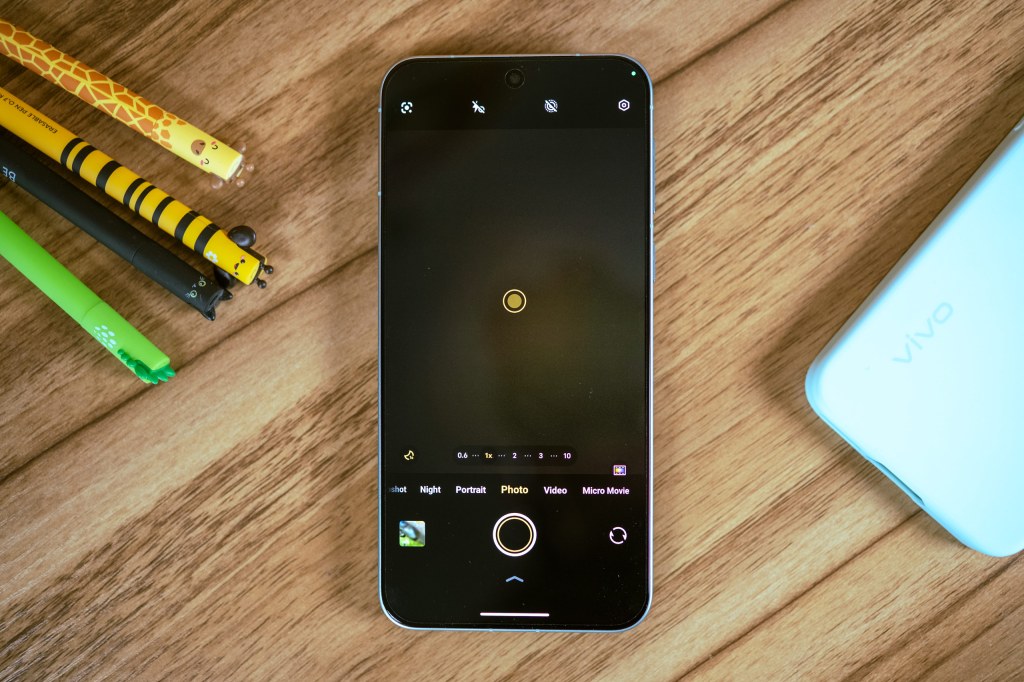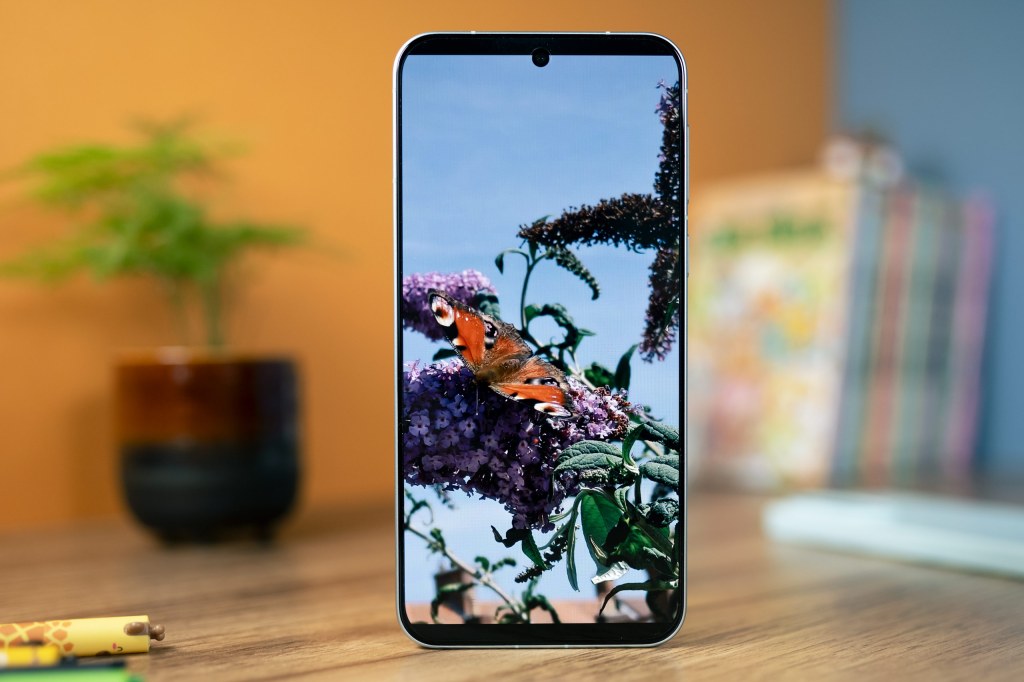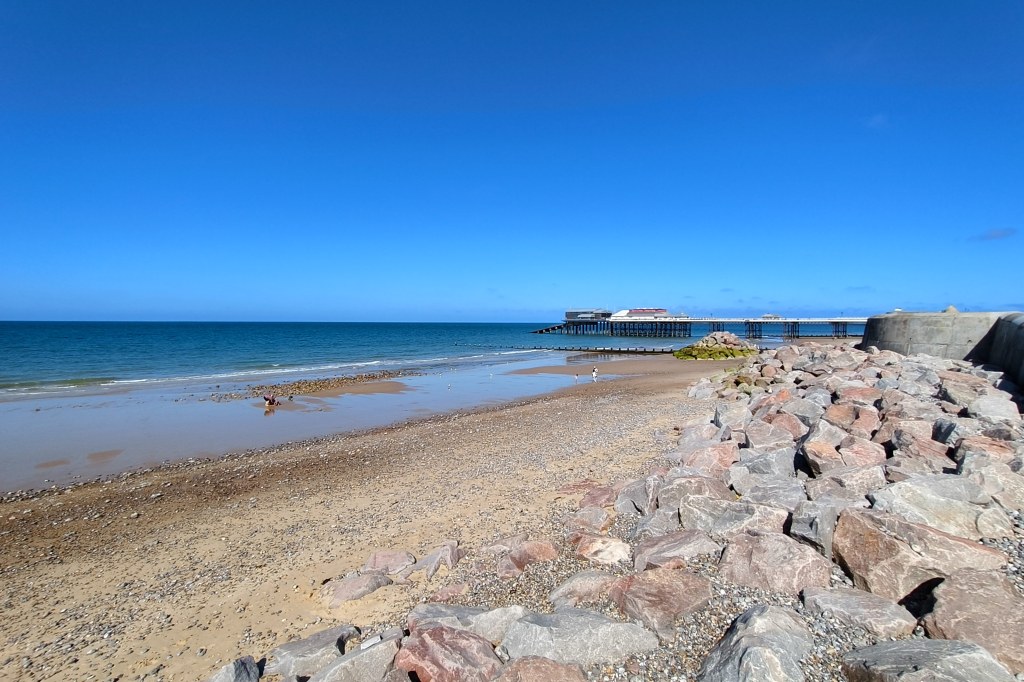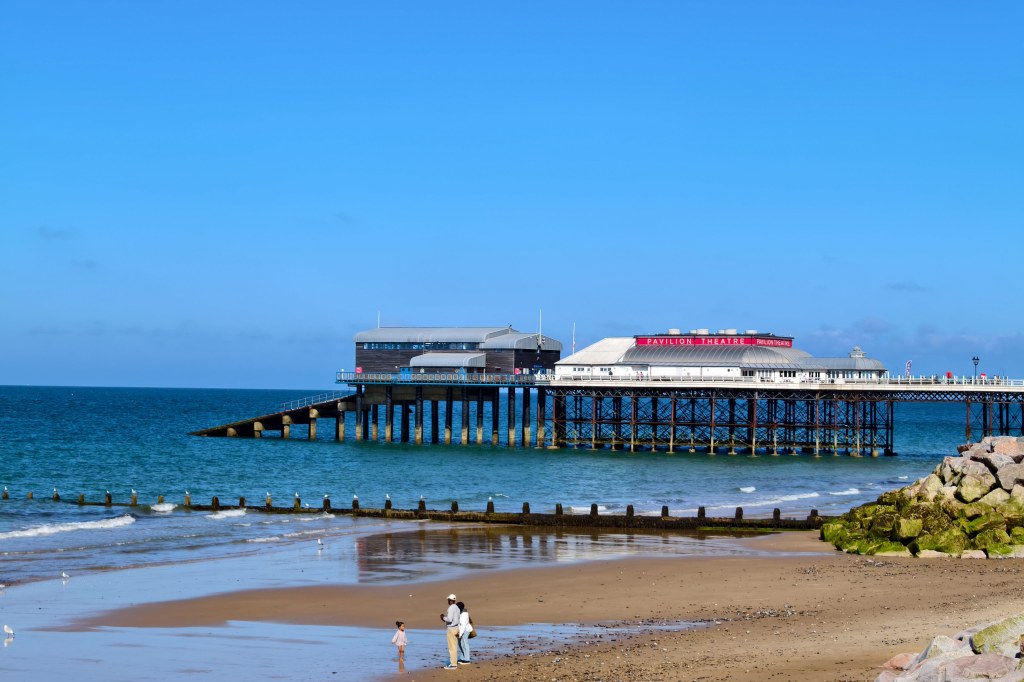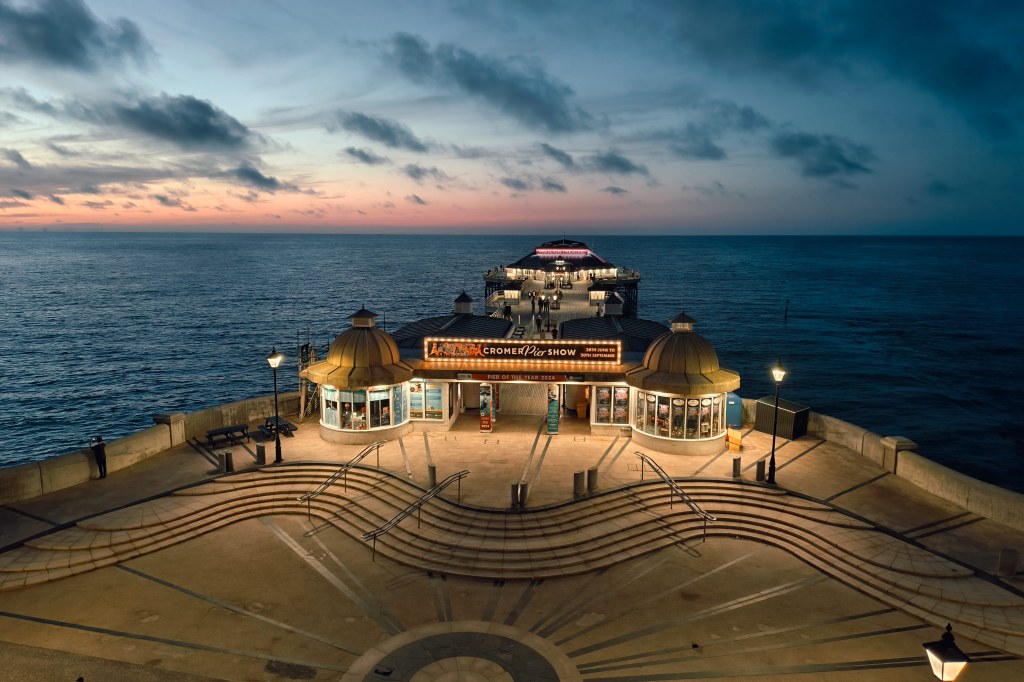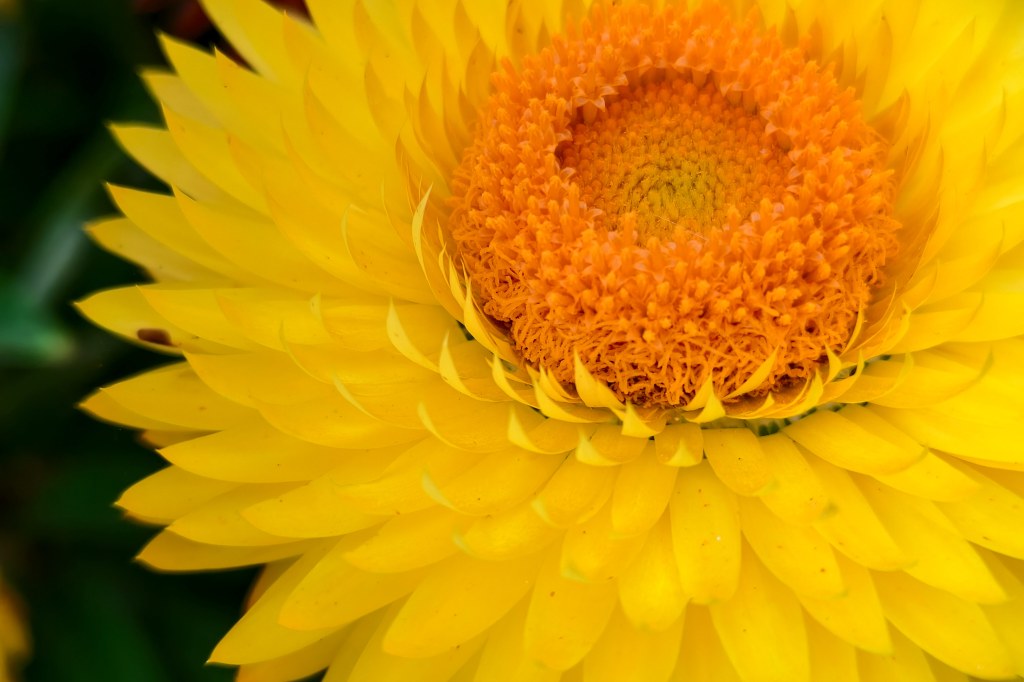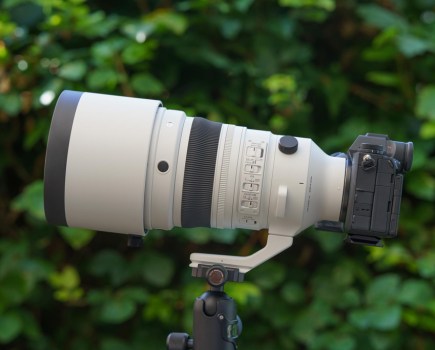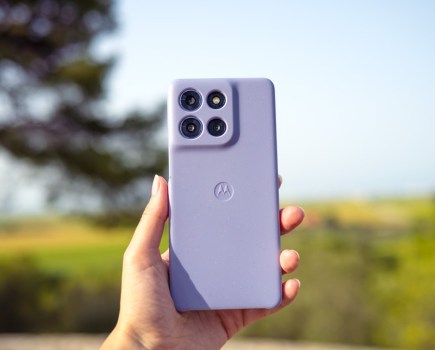Amateur Photographer verdict
A rare compact flagship with powerful cameras, huge battery, and top-tier stabilisation. If you can find it in your market, it’s a pocket-friendly powerhouse worth snapping up.- Large battery with fast charging
- Great video stabilisation
- Comprehensive shooting modes
- Only available in limited markets
- 8MP ultra wide camera lags behind competitors
When it comes to phone sizes, most manufacturers seem to be set on the idea for the best smartphones for photography that ‘the bigger the better’, so with the X200 FE, it is nice to have a compact flagship that fits comfortably in your hand for a change. Despite its small size, it packs a punch with Zeiss co-engineered lenses that are nicely complemented by comprehensive shooting modes, impressively stabilised video performance, and the cherry on top, a huge 6500mAh battery.
Before getting into more detail, it’s important to note that the X200FE is not officially available in the UK or the US, and I would generally avoid using grey market sites that might list it. In Europe, it is priced around €799, sitting just below the larger X200 and Vivo X200Pro. That said, the X200FE is not far behind what’s packed inside the bigger models.
Vivo X200FE at a glance:
- 50MP f/1.88 main camera, OIS
- 50MP f/2.65 telephoto camera, Sony IMX882 1/2” sensor, 3x optical zoom, OIS
- 8MP f/2.2 ultra-wide camera FOV 120°, with fixed focus
- 50MP f/2.0 selfie camera with AF
- 4K 30/60fps, 1080p 30/60/120fps, gyro-EIS,
- 6.31in, 120Hz AMOLED, ZEISS Master Color Display, 5000nits peak brightness
- 6500mAh battery, 90W fast charging, reverse charge
- MediaTek Dimensity9300+ processor
- 12/16GB RAM, 256/512GB storage
- Funtouch 15 based on Android 15
- 186g
Vivo X200FE – Features
Continuing its partnership with German lens manufacturer Zeiss, the VIVO X200FE has a triple lens setup with two Zeiss-backed 50 MP cameras and an 8MP ultra-wide camera at the rear. And another 50 MP camera for selfies.
The main wide-angle (1x) camera with 50MP resolution has the brightest f/1.8 aperture out of the three and a 1/1.56” Sony sensor. It gives a 23mm equivalent field of view and comes with effective optical image stabilisation (OIS) as well as PDAF (phase-detection auto-focus). The bright aperture and OIS makes this camera most suited for low-light shots.
The ultra-wide camera (0.6x) has a f/2.0 aperture and 16mm equivalent field of view and is backed by a 1/4.0” sensor, but it lacks autofocus and has only a modest 8MP resolution. This is the weakest point of the X200FE’s camera specs, setting it behind similarly priced competitors as most feature 12MP wide-angle camera.
But what it may lack in the ultra-wide section makes up for with the telephoto camera, the 50MP, f/2.7 periscope telephoto unit has a 70mm equivalent focal range with 3x optical zoom and 100x digital zoom as well as OIS and PDAF. Finally, there’s the 50MP selfie camera with f/2.0 aperture and a 20mm equivalent wide-angle field of viewing and phase detection autofocus so you don’t need to worry about hitting the lens’ sweet spot for sharp selfies.
Vivo X200FE – Build and handling
Compact phones are a rarity these days, and the X200FE nails the balance of portability and performance. It’s only slightly larger than an iPhone 16 but offers nearly double the battery capacity. The aluminium frame, flat glass display, and pastel glass back give it a distinctive, youthful look. Available in blue, yellow, and pink, it ships with a matching case, screen protector, and 90W fast charger, but unfortunately, it doesn’t support wireless charging.
Despite the big battery, it’s just 7.9mm thick, and the thin 1.32mm bezels make the display feel expansive. The IP68 and IP69 ratings mean it’s protected from dust, water immersion, and high-pressure jets.
The 6.31-inch AMOLED is crisp, bright, and colour-accurate thanks to Zeiss Master Color calibration. It peaks at 5000nits (global 1800nits) — perfect for outdoor use. Refresh rates adapt between 120/90/72/60Hz for efficiency.
Vivo X200FE – Camera app
Vivo’s camera apps are very comprehensive, and the X200FE offers various shooting modes and built-in filters too. By default Photo mode opens with 0.6, 1, 2, 3, and 10x options up to 100x digital zoom. There is also Live Photo, HDR, and 16 different filters available here. In settings on the top right corner you can toggle on Smart focus, and by double-tapping on your subject you can also lock focus.
In Portrait mode, there are eight Zeiss bokeh effects to choose from, as well as personalised portrait filters and aura light filters. The latter will illuminate your subject with a constant light and emulate flattering portrait lighting setups such as Rembrandt or Butterfly lighting. There are also beauty filters to smooth skin and adjust features. Images shot in this mode have the added benefit of bokeh adjustment after the image was taken.
Night mode has an astro and super moon feature and 9 different picture styles. You will also find the usual video, pano, time-lapse and slo-mo modes available in addition to the snapshot, micro video and street photography mode. Micro movie is essentially a mini movie studio with pre-sets, where you can record short clips and cut them together. Under the More tab there is a Food photography mode, but no dedicated Macro mode which seems like an oversight. A praiseworthy addition here is Portrait video mode, with bokeh adjustment and a portrait enhancement button, and a Pro mode that includes RAW capture.
The new Street photography mode opens by swiping up from the bottom of the screen or by double-tapping the volume button. It supports high-speed shooting in burst mode (also available in Photo and snapshot modes) to capture fast-moving subjects and help you nail that decisive moment. Choose between original colour or black and white options, and bokeh control outside of portrait mode.
AI Features
- AI Four Seasons portrait: turn on this feature in portrait mode, select a season, and take a photo. It requires internet access and will take a few seconds to process. If you don’t have any vegetation in the scene, it will adjust the colours to match the season or add a cover of snow on top of objects. If you don’t like the results, you can always generate again.
- AI Magic Move: lets you resize and reposition elements by long-tapping on them while in the default gallery app.
- AI Image Expand: extends the edges and creates a bigger picture, with realistic-looking results
- AI Erase and Reflection Erase: does a good job detecting the item you want to remove after roughly circling around it, and effectively removes glass reflections too.
- AI Photo Enhance: a tool to edit your image just by one tap
Vivo X200FE – Image quality and performance
Images look detailed and sharp, with colours and exposure consistent between the three lenses. Dynamic range is good, with a pleasing amount of detail in shadows and well-preserved highlights. Even without HDR enabled the X200FE tackled tricky high contrast scenes easily. It can sometimes go overboard with the sharpening, but it is only noticeable if you go pixel peeping on a computer screen.
Using the telephoto lens at 3x optical zoom, there is a slight loss of detail and softness, but the results are still very nice. Pushing into the digital zoom above 3x images are still generally good up to about the 10x mark. But above this, the AI Image Algorithm can make details look, well, AI-looking. This feature is turned on by default, but you can turn it off in settings under Super telephoto enhancement. On the other hand, it does control camera shake and distortion well, resulting in crisp shots that will definitely look great on social media.
The 8MP ultra-wide angle lens as expected is the weakest performer, but it is still a nice to have on board, and fair well in good lighting conditions.
Portrait mode’s Zeiss lens selection (including 23mm, 35mm, 50mm, 85mm, and 100mm) is backed by main 1x and the periscope telephoto lens. Here skin tones are rendered naturally, with good detail in hair and facial features, maybe even too good, if I think about my dark circles. If you stick to Portrait mode you have the option to change the amount of bokeh after the photo was taken.
This way even if you selected the wrong aperture, you can fine-tune the depth of field and create a more realistic-looking fall off between subject and background later on. Given that this option is computational, not a physical, lens-based aperture adjustment it would have been nice to include it with the selfie camera too. As with selfies you can only adjust bokeh in an oval, or linear selection after the photo was taken.
For this selfie above, the sun was almost directly behind me and the phone did a great job balancing out the exposure. At f/0.95 the background is of course completely out of focus, with an abrupt fall off from the subject, at this aperture setting I had to reposition myself a little bit for it to properly detect edges and separate me from the background. You can expect sharp and focused selfies as the 50MP front camera delivers very nice detailed shots and benefits from quick and accurate autofocus. With the bokeh slider pushed to its smoothest limit, it is still able to distinguish between subject and background exceptionally well and doesn’t struggle with flyaway hairs.
Night and low light photography didn’t disappoint either, the main and also brightest 1x lens with an f/1.8 aperture handled these scenarios best, but the telephoto unit wasn’t far behind either. I especially liked the dedicated colour filters in night mode.
There is no dedicated macro mode, but you can get nice results from the main and the 3x telephoto unit.
With the Burst option in Street photography mode you can capture a busy street scene and passers by while also having precise control over white balance, shutter speed, bokeh, EV and metering.
The Vivo X200FE doesn’t try to wow you with 6 or 8K recording and the likes, it shoots 4K60p video in regular video mode and HD 60p with the ultra stabilisation switched on. But it has one of the best image stabilisation on board I’ve seen. It works like a charm and really steadies the footage even when I zoom in.
Vivo X200FE – Value for money
Vivo has a more limited global availability, so you won’t find one at official UK or US retailers. Be cautious with grey market and third-party imports you see online, as they will lack warranty and customer support. You can pick one up, though, in most European countries for around €799, with further availability in the Middle-East and Asia.
The closest alternatives in this price range with a similarly compact body are the Xiaomi 15 and Samsung Galaxy S25. Spending a little more the Xiaomi 15 at around €799 / £899 packs more in terms of camera specs with a triple 50MP camera setup and 8K video capability, but you get a significantly smaller battery at 5240mAh and just like the X200FE this device is not officially available in the US either.
A more easily obtainable option, the Samsung Galaxy S25 ($799 / £799 / €871) has a slightly smaller 6.2in screen and a 50MP main, 10MP telephoto and 12MP ultra wide camera on board, but it trades off battery capacity (4000mAh) for a more compact and lightweight 162g design. Overall, the VivoX200FE represents great value, with a good set of cameras and powerful battery life. The trick is to find it in your territory.
Vivo X200FE – Verdict
The X200FE is ideal for those who are craving a camera phone with well rounded camera specs and comprehensive shooting modes. Yes, the ultra-wide camera’s resolution is lower than its competitors, but the Zeiss-backed main and telephoto unit tackles portraits, street scenes and night photos impressively. While video recording is supported by a very effective stabilisation. It is a standout choice for a small-bodied smartphone for photography, assuming you can source it in your country.

Vivo X200FE – Full specifications
| Main, wide-angle camera | 50MP f/1.88 main camera, Sony IMX921 Bionic sensor, OIS |
| Telephoto camera | 50MP f/2.65, Sony IMX882 1/2” sensor, 3x optical zoom, OIS |
| Ultra wide-angle camera | 8MP f/2.2 ultra-wide camera FOV 120°, with fixed focus |
| Selfie camera | 50MP f/2.0 selfie camera with AF |
| Video | 4K 30/60fps, 1080p 30/60/120fps, gyro-EIS, |
| Battery | 6500mAh battery, 90W fast charging, reverse charging |
| Screen | 6.31in AMOLED, ZEISS Master Color Display, 1800nits global and 5000nits peak brightness, 120/90/72/60 adaptive refresh rate |
| Processor | MediaTek Dimensity9300+ processor |
| RAM and storage | 12/16GB RAM, 256/512GB storage |
| OS | Funtouch 15 (based on Android 15) |
| Dimensions | 150.8×71.7×7.9mm |
| Weight | 186g |
| Dust and water resistance | IP68 & IP69 |


